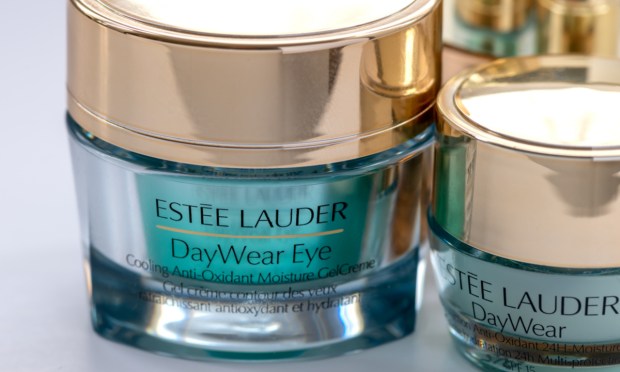
Change is a constant factor, a reality that can even unsettle the most renowned brands, forcing them to confront various challenges, as is the case with Estée Lauder Companies.
In an earnings call Wednesday (Nov. 1), Estee Lauder revealed a slower-than-expected recovery in prestige beauty, business disruptions in the Middle East, and the impact of currency translation.
The company reported an 11% decrease in organic sales, driven primarily by a 51% drop in the global travel retail business. This decline was expected, given the challenges related to travel restrictions and reduced consumer demand.
However, what stood out were the headwinds faced in Asia, particularly in mainland China and Asia travel retail. The containment of unstructured market activity in these regions has added to the pressure. Geopolitical risks, such as potential business disruptions in Israel and other parts of the Middle East, further complicate the picture. Additionally, currency translation issues and global economic uncertainties are making the road to recovery more difficult.
To tackle these headwinds, Estée Lauder is implementing an accelerated profit recovery plan. The plan is designed to generate between $800 million and $1 billion in incremental operating profit across fiscal years 2025 and 2026.
Key components of the plan include an effort to optimize its product and category mix. This includes focusing on accretive innovation and reducing discounts related to excess production.
“We are focused on optimizing mix by elevating luxury across brands, most especially in skin care and fragrance, driven by consumer preferences by expanding our direct-to-consumer ecosystem across brick-and-mortar and online,” said Fabrizio Freda, president, CEO and director of Estee Lauder Companies.
The company will exercise pricing power to counter inflation and aims to reduce excess and obsolete inventory. Additionally, the profit recovery plan focuses on containing headcount and reducing costs related to indirect procurement, travel and expenses, and transportation.
The company also intends to leverage its investments in supply chain and regionalization to enhance efficiencies, shortening supply chains, and improving forecasting accuracy through artificial intelligence.
Estée Lauder recognizes that rebuilding profit margins will not be a quick fix but rather a multiyear journey. The plan will be operationalized in the second half of fiscal year 2024, with the expectation of realizing meaningful benefits starting in fiscal year 2025.
Despite the immediate challenges, Estée Lauder remains confident in the long-term prospects of the global prestige beauty industry. The company’s diverse brand portfolio, encompassing well-established names and emerging stars like The Ordinary and Le Labo, continues to resonate with consumers. In various regions, growth in makeup and fragrance is being driven by innovative products and consumer engagement through social media.
Estée Lauder Companies reported a 10% decline in net sales, totaling $3.52 billion, for the first quarter ending Sept. 30. This drop was primarily due to an 11% decrease in organic net sales, driven by challenges in the Asia travel retail business and a slower recovery of prestige beauty in mainland China.
Net earnings also declined, from $489 million to $31 million, resulting in a diluted net earnings per common share of $0.09, compared to $1.35 in the previous year. It’s important to note that the cybersecurity incident, disclosed in July 2023, had a dilutive impact of $0.08 on earnings per common share for the first quarter of fiscal 2024.